Ukraine used to be a world leader in missile manufacturing. Fearing that it would have to “stand on its own two feet,” Kiev is making careful calculations to regain its position in the industry. However, things will not be as easy as before.
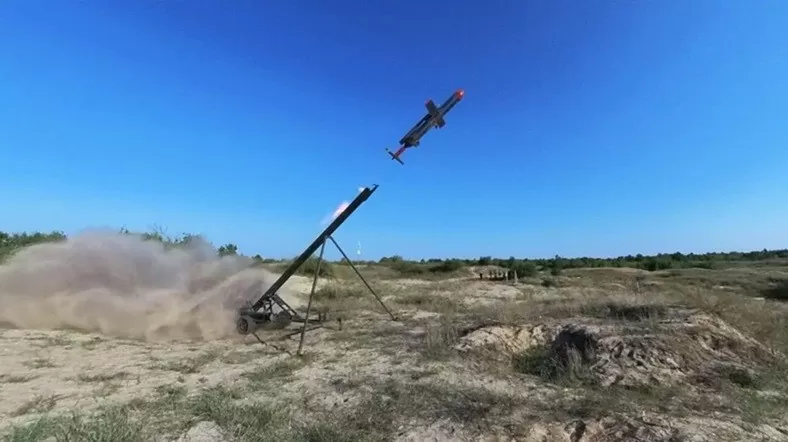 |
| Trembita missile made in Ukraine. (Source: The Economist) |
Must "stand on one's own feet"
Faced with uncertainty about foreign military aid, Ukraine is trying to revive its dormant missile industry.
The pulse jet engine started up with a thunderous noise, causing everyone in the garage to take a step back. The rocket that powered the jet engine was called the Trembita, named after a traditional Ukrainian mountain trumpet. Serhiy Biryukov, the head of the volunteer team of engineers who built the rocket, said the Trembita might miss its target, but it had the potential to strike fear into the hearts of its opponents.
The Trembita's engine was an upgrade of the first pulsejet engine produced by Germany in 1944. The engine tube was crude and always in a state of readiness. A more stylish grey rectangular shell was designed underneath, concealing the missile's guidance system and warhead.
The basic Trembita flies at 400 km/h with a range of 200 km. A larger and more powerful model is being developed that can reach Moscow (Russia). Mass production of the Trembita will begin after final field tests.
It took Ukrainian volunteer engineers just a year and a half to achieve this feat — a feat in a field that typically takes years to go from drawing board to battlefield.
Kiev is uncertain how long it can count on foreign military aid, so the Trembita is one of a number of missile projects the Eastern European country hopes will help revive its domestic defense industry. During the Soviet era, Ukraine was a world leader in aerospace and missile technology.
The Pivdenmash plant in the city of Dnipro (south-central Ukraine) produced four generations of strategic missiles. But this line of work was interrupted in 1994. At that time, at a conference in Budapest, the capital of Hungary, the countries including the US, Russia, Ukraine, and the UK signed a memorandum on security guarantees related to Kiev's accession to the Treaty on the Non-Proliferation of Nuclear Weapons (also known as the Budapest Memorandum). After that, all efforts to bring the Pivdenmash plant back to "form" were ineffective.
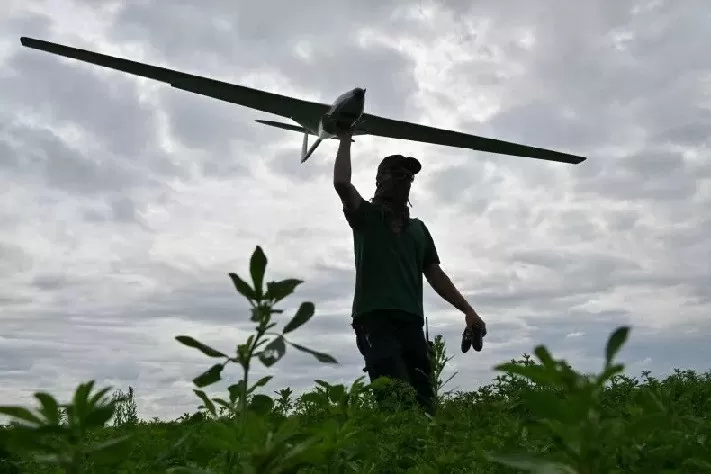 |
| A Punisher drone test in Kiev in 2023. (Source: Getty Images) |
There has been much progress.
Now, in the conflict with Russia, Ukraine is forced to do much more. With the exception of a limited number of American ATACMS missiles (range of about 300 km) and British/French Storm Shadow/Scalps (range of about 250 km or more), Ukraine mainly attacks targets close to the front line. This disadvantage allows Russia to operate relatively safely at a distance of 30 km from the front line and can attack the entire territory of Ukraine with Russian-made missiles, whose capabilities are second only to those of the United States and China.
Long-range drones once helped Ukraine level the playing field, but now nine out of every 10 used are shot down.
In late November, Ukrainian President Volodymyr Zelensky announced a shift toward harder-to-intercept missiles, aiming to produce 3,000 by the end of 2025.
Kiev is currently promoting a number of large and small projects to achieve this goal. Notable projects include the Neptune long-range cruise missile and the Hrim-2 ballistic missile (also known as Sapsan) being developed at the Pivdenmash plant. Both are state-subsidized, relatively expensive and slow to enter service.
Ukraine is also counting on the development of startups. Deputy Prime Minister Mykhailo Fedorov predicts that 2025 will be the year of Ukrainian cruise missiles.
Details of the country's missile program are closely guarded amid Russia's relentless hunt for Ukraine's missile production facilities.
In December 2023, several cruise missiles crashed into the Neptune missile production facility in Kiev. In November 2024, Moscow targeted the Pivdenmash plant in Dnipro with a new Oreshnik inter-regional ballistic missile. The missile hit a site where some of the Pivdenmash plant’s core technologies are developed.
It can be seen that the task of producing missiles in the context of conflict has pushed Ukrainian rocket science to a new level: underground. One assembly process is moved to (heavily guarded) bunkers, while the production of components is dispersed across hundreds of secret locations.
Ukraine’s current dilemma is financial. The government supports the production of any missile that proves its flight capabilities, offering private manufacturers a maximum profit margin of 25 percent, similar to drone makers. But manufacturers often have to risk large sums of money to get projects off the ground.
Another equally difficult task is to expand the scale of industrial production - raising capital, purchasing equipment from abroad and ensuring security. A Ukrainian defense official said that Kiev has no shortage of ideas, but the problem always lies in implementation.
The source said that relations with Western allies are the best way for Ukraine to expand its missile production. Not all countries are willing to share expertise, equipment and take risks. But Ukraine is increasing cooperation with Denmark and the UK in this area.
Still need time
For the West, cooperation with Kiev also brings certain benefits. A cruise missile can be 12 times cheaper to produce in Ukraine than in Western Europe. For example, the Trembita missile starts at $3,000 for the decoy variant and $15,000 for a 20-30kg warhead, which is considered a bargain in the missile market.
Although considered potential, Ukraine still needs time to realize its goal. A senior security official of this country said that Kiev needs at least another year to produce missiles with the quantity, range and capability that can seriously threaten Russia.
Much could change in the next year. If US President-elect Donald Trump restricts US aid to Ukraine (and other Western allies follow suit), it could choke off an already limited supply of Western missiles to Kiev.
At the same time, Russia could use the ceasefire talks to demand limits on Ukraine's missile production.
The pressure on the Eastern European nation’s ambitions is palpable, but the Trembita team is undeterred. “If there is a ceasefire, it will be between governments,” Biryukov said, adding that he and his team would continue work on the missile.
Ukraine's ambitions are clear and it wants to gain an advantage in missile production as a "card" for both Russia and the West. However, this will be a very difficult task in the short term.
Source: https://baoquocte.vn/ukraine-ngam-ngam-hoi-sinh-mot-suc-manh-vo-song-bi-ngu-quen-hy-vong-mot-phep-mau-298567.html





![[Photo] Top players gather at the 2025 Nhan Dan Newspaper National Table Tennis Championship](https://vphoto.vietnam.vn/thumb/1200x675/vietnam/resource/IMAGE/2025/5/23/9ad5f6f4faf146b08335e5c446edb107)


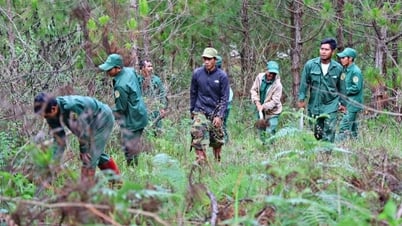

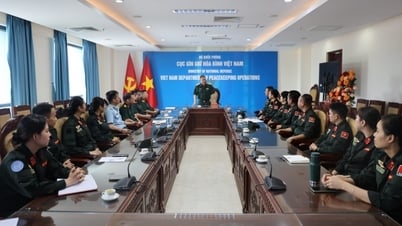
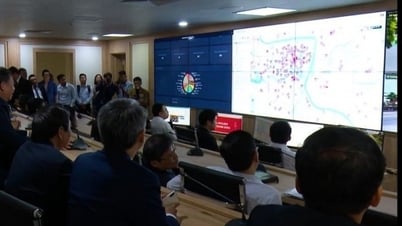
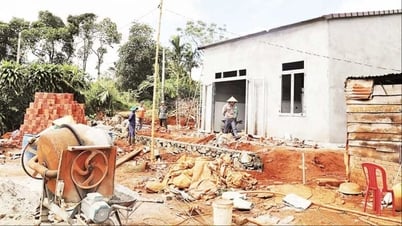
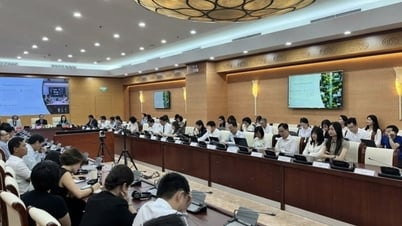
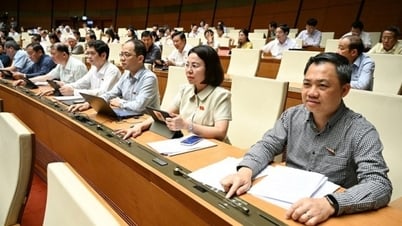




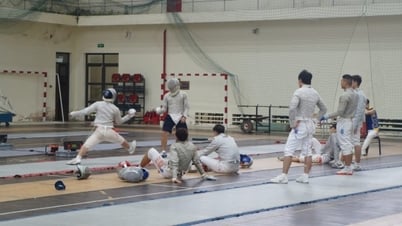

























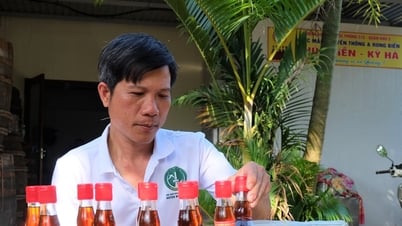




















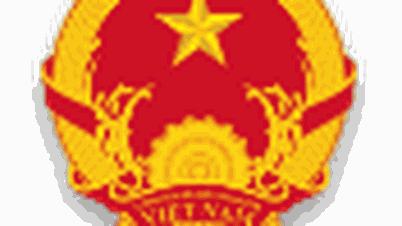

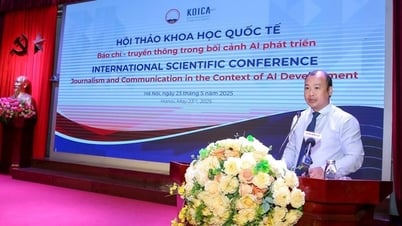




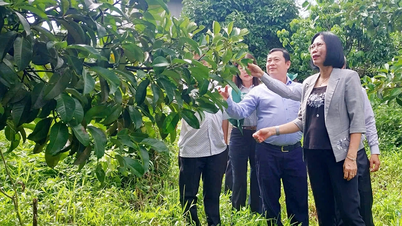

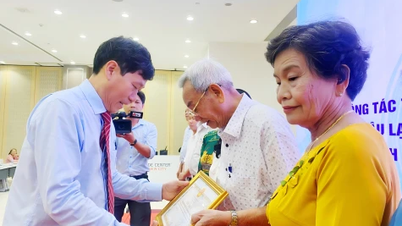

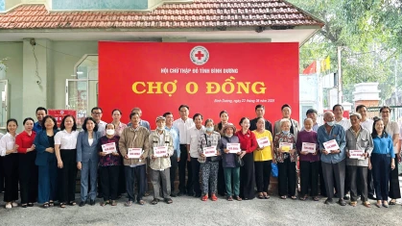


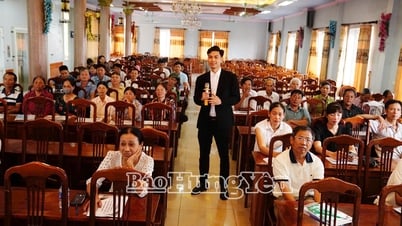

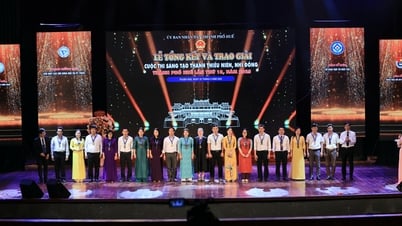












Comment (0)